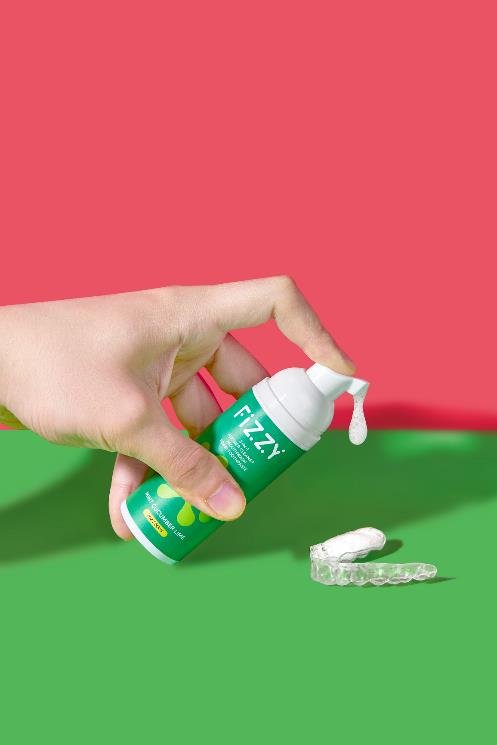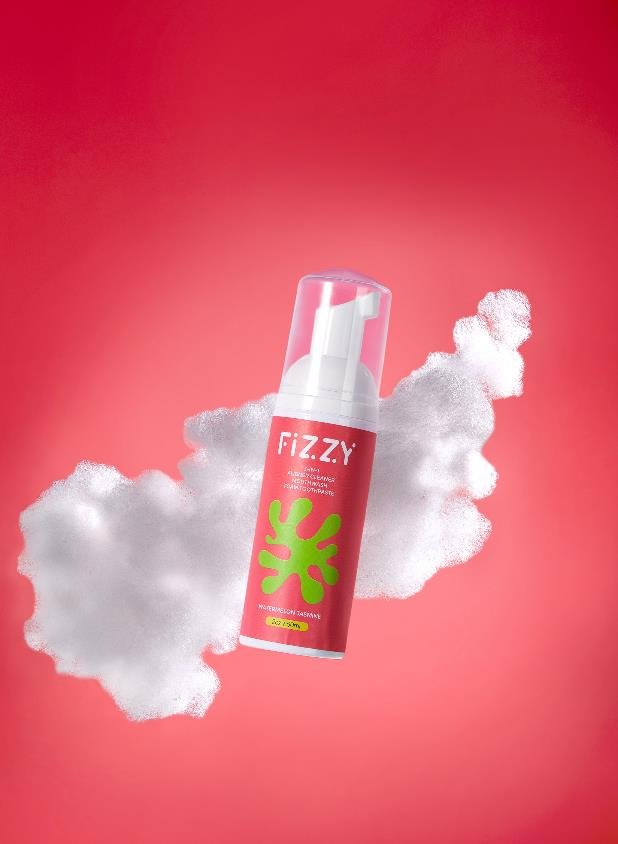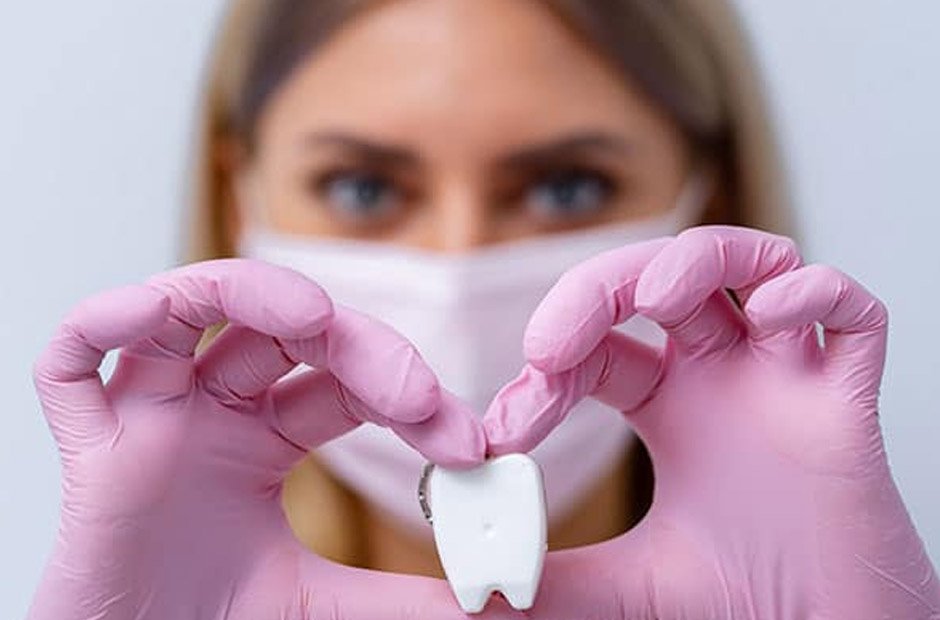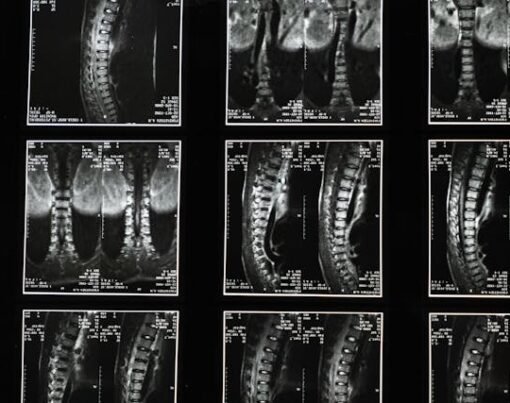Maintaining the outcomes of orthodontic treatment is a major worry for everyone who has worn braces or used clear aligners. With your orthodontic journey, be it with braces or clear aligners, finally over and the days of using ortho wax, aligner chewies, aligner removal tools and all the other Invisalign accessories behind you, there’s one more crucial item that should remain a part of your routine – your retainer. There is a possibility of teeth sliding back to their original locations when braces are removed or aligners are no longer required. However, the use of retainers can successfully alleviate this risk. Retainers are important in retaining the progress made during orthodontic treatment because they prevent undesirable shifting and keep the teeth in their new, straight placements. In this post, we’ll look at the necessity of cleaning retainers for proper oral hygiene, as well as numerous techniques for ensuring their durability and efficiency in keeping a healthy mouth and a beautiful smile.
Table of Contents
Why Should You Clean Retainers
Cleaning retainers is critical for numerous important reasons:
- Oral Hygiene: Retainers, like teeth, can contain germs, plaque, and food particles. Failure to properly clean them can result in poor breath, gum disease, and other oral health concerns.
- Infection Prevention: Dirty retainers can cause to oral illnesses, particularly if dangerous bacteria grow over time. Cleaning your teeth on a regular basis helps to lower the risk of infection and supports overall oral health.
- Keeping Your Breath Fresh: A filthy retainer might produce unpleasant breath odor. You may eradicate odor-causing germs and experience cleaner breath by cleaning the retainer on a regular basis.
- Retaining the Retainer: Proper cleaning helps to preserve the retainer’s integrity and longevity. Regular care may avoid early wear and tear, ensuring the retainer lasts longer and stays effective.
- Avoiding Stains: Certain foods and practices can discolor retainers. Regular washing eliminates these stains, keeping the retainer’s look and freshness.
- Preventing Biofilm Buildup: If retainers are not properly cleaned, biofilm can form, resulting to tooth decay and gum disease. Consistent cleaning avoids this accumulation, enabling greater dental health throughout orthodontic therapy.
- Eliminating Germ Resurgence: Neglecting retainer hygiene lets dangerous germs to proliferate. Wearing an unclean retainer reintroduces harmful bacteria into the mouth, potentially causing infections or aggravating existing dental issues.
How To Clean Retainers
Cleaning your retainer properly is an important part of maintaining good dental health. Because there are several cleaning techniques to select, understanding their efficacy is critical. Let us the options of how to clean retainers.
Fizzy 3-in-1 Foam Cleaner

Fizzy 3-in-1 foam cleaner is a retainer cleaner designed to provide quick and effective cleaning for various oral appliances. It is specifically formulated to clean all types of removable retainers (like Essix or clear retainers and Hawley retainers), dental night guards, sports mouthguards, and dentures.
The foam cleaner offers a unique three-in-one solution, making it convenient and versatile for daily oral care. It serves as a retainer cleaner, a mouthwash, a breath freshener, and a foam toothpaste all in one product. Fizzy’s retainer cleaner is free of alcohol, parabens, fluoride, hydrogen peroxide, and artificial colors, making it ideal for individuals with sensitive gums and the best retainer cleaner for everyone.
- Pump the Foam: Start by pumping some Fizzy foam cleaner onto your retainer. Make sure to cover the entire surface of the retainer with the foam.
- Let It Sit: Allow the foam to sit on the retainer for a few minutes. This gives the cleaner enough time to work on removing bacteria, stains, and odors.
- Brush for Deeper Clean: For a deeper clean, use a soft bristle brush to gently scrub every detail and corner of the retainer. This helps remove any stubborn buildup.
- Rinse with Water: After the waiting time is up, rinse your retainer thoroughly with water. Ensure you remove all the foam residue from the retainer.
Baking Soda

Cleaning retainers with baking soda is a simple and efficient method. Here’s a step-by-step procedure:
- Make a baking soda paste by combining a tiny quantity of baking soda with water. The paste should be thick enough to spread but not runny.
- Make the paste: Using a soft-bristled toothbrush or a toothbrush designed particularly for cleaning retainers, apply the baking soda paste to the bristles.
- Brush the retainers carefully: Using the baking soda paste on the toothbrush, brush the retainers gently, covering all areas both inside and out. To avoid harm, be meticulous but avoid exerting undue pressure.
- Properly rinse: After brushing, properly rinse the retainers with water to eliminate any residual baking soda.
Ultrasonic Cleaner
Follow these simple steps to clean your retainer using an ultrasonic cleaner. Fill the tank halfway with water, being careful not to overfill it. Add the required amount of cleaning solution to the water if your cleaner comes with one. Place your retainer in the water-filled tank, making sure it is completely immersed. Turn on the cleaner and let it run for the cleaning period advised, which is generally only a few minutes. When the cycle is finished, remove the retainer and thoroughly rinse it under running water to eliminate any residue or cleaning solution. Finally, blot the retainer dry with a soft cloth before storing it in its proper case until next usage.
While ultrasonic cleaners are useful and handy for cleaning retainers and other dental items, there are a few things to keep in mind:
- Compatibility: Not all types of retainers are compatible with ultrasonic cleaning. For example, ultrasonic cleaning is not suggested for retainers containing fragile components, like as permanent retainers with bonded wires. Consult your orthodontist or the maker of your retainer to determine that it is safe to use with an ultrasonic cleaning.
- Cleaning Solutions: Some ultrasonic cleaners include cleaning solutions that are specifically formulated for use with the instrument. While some solutions can help with cleaning, not all cleaning solutions are appropriate for all types of retainers. Some solutions may include chemicals that might harm particular retainer materials. Follow the cleaner’s directions and talk with your orthodontist to verify you’re using the proper cleaning solution.
- Frequency of Use: While ultrasonic cleaners can provide thorough cleaning, they should not be used excessively. Over time, excessive ultrasonic cleaning may produce wear and tear on the retainer material. It’s advisable to stick to the cleaning schedule indicated by your orthodontist or the manufacturer.
What Should You NOT Do to Clean Your Retainer
Vinegar is not suggested.
Using vinegar to clean a retainer is typically NOT advised for a variety of reasons, including:
- Acidic Nature: Vinegar is acidic, and if used for an extended period of time, it may harm the material of the aligners. This can cause the aligners to discolor, bend, or weaken, reducing their efficacy and longevity.
- Disappointing Taste and Odor: Vinegar has a strong odor and taste that might linger on the aligners after rinsing. This can be uncomfortable and have an impact on your entire experience while wearing them.
- Inadequate Disinfection: While vinegar contains antibacterial qualities, it may not be as efficient as specialist cleaning chemicals in fully disinfecting the aligners. Maintaining dental hygiene during orthodontic treatment requires proper cleansing and disinfection.
It is preferable to avoid using vinegar and instead use cleaners that are safer and more effective, as indicated by your orthodontist or retainer supplier.
DO NOT use hard- bristle toothbrush
Avoid cleaning your teeth or retainer with a hard-bristled toothbrush since it can be too harsh on your gums and the sensitive surface of your teeth and retainer. Hard-bristled toothbrushes can cause inflammation, gum recession, and potentially chip your teeth’s enamel or harm the substance of your retainer. It is preferable to use a soft-bristled toothbrush to gently clean your teeth and retainer without harming your oral health.
Don’t use your toothpaste to clean your retainer
Avoid using your toothpaste to clean your retainer because toothpaste can be abrasive and may scratch or damage the material of the retainer. Retainers are made of delicate materials, and harsh toothpaste can cause them to wear out faster or lose their shape, making them less effective in keeping your teeth aligned properly. It’s best to use gentle and non-abrasive cleaning methods to keep your retainer clean and in good condition.
Don’t use mouthwash to clean your retainers
Some mouthwashes contain alcohol, which might cause long-term damage to the plastic material of your aligners. It has the potential to weaken or damage them, impacting how well they fit your teeth.
Other problems associated with mouthwash include:
- Discoloration: Colored mouthwashes might stain your retainer aligners, making them appear discolored or less clear.
- Mouthwash residue and flavor: Mouthwash may leave a difficult-to-remove residue on the aligners, imparting an unpleasant taste or odor.
Don’t use hot water to clean your retainers
Hot water can soften and deform the material, making it less effective for tooth straightening. It may also cause the retainers to seem foggy or discolored. To clean them and keep them in good operating order, use lukewarm or room temperature water.
Don’t use UV light sanitizers to clean retainers
It is not typical practice to use UV light sanitizers to clean retainers. The usefulness of UV light sanitizers in cleaning retainers has not been properly established or substantially explored. While UV radiation can destroy some germs and viruses, it may be restricted in its capacity to remove plaque, tartar, and other debris from retainers. Plastic and acrylic are two common materials used to make retainers. UV radiation exposure may cause some retainer materials to deteriorate or discolor over time, impairing their fit and performance.
Summary
In conclusion, proper cleaning and maintenance of retainers are pivotal for upholding the results achieved through orthodontic treatment. By preventing undesirable shifting and supporting oral hygiene, retainers safeguard against potential oral health issues and preserve the straightened alignment of teeth. The article underscores the significance of cleaning methods such as the 3-in-1 foam cleaner, baking soda, and ultrasonic cleaner, while cautioning against the use of vinegar, hard-bristle toothbrushes, toothpaste, mouthwash, hot water, and UV light sanitizers. This comprehensive approach ensures both the longevity of the retainer and the overall health of the smile, ultimately contributing to the lasting success of orthodontic treatment.










